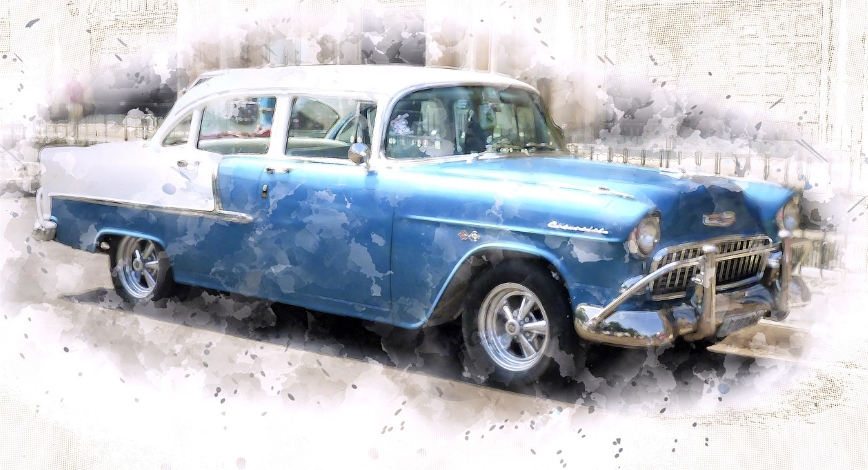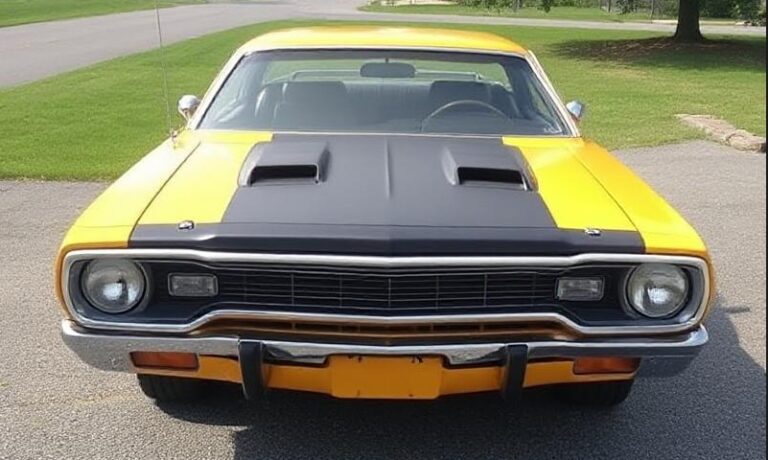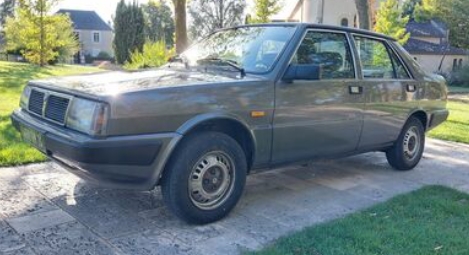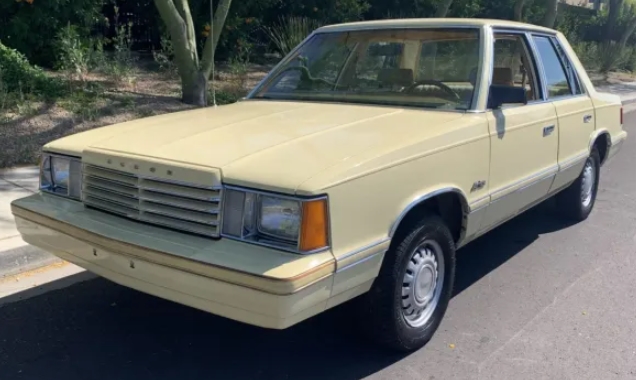The Evolution of the Chevrolet 150/210: A Comprehensive History
The Chevrolet 150 and 210, part of the “postwar” era of American automotive history, are often celebrated for their simplicity, durability, and quintessential mid-century modern styling. Produced primarily between the years 1953 and 1957, these models straddled the transition between the classic and the more modern designs that characterized the automotive industry in the late 20th century. This article will delve into the evolution of these iconic models, exploring the various trims, options, and significant changes that occurred during their production.
1953: The Introduction of the Chevrolet 150 and 210
The Chevrolet 150 and 210 were introduced as part of Chevy’s mid-range offerings, positioned below the flagship Chevrolet Bel Air. The 150 was the entry-level model, catering to budget-minded consumers, while the 210 offered a step up in terms of features and styling. Both models shared the same underpinnings and engine options but differed in trim and interior features.
Models and Trim Levels in 1953:
- Chevrolet 150: Available as a two-door sedan, four-door sedan, and utility coupe.
- Chevrolet 210: Offered in several configurations, including a two-door sedan, four-door sedan, two-door hardtop, and four-door hardtop.
All variants featured Chevrolet’s standard 3.5-liter (or 216 cubic inch) inline-six engine producing around 92 horsepower. This engine was complemented by a two-speed Powerglide automatic transmission, which was an attractive feature for many buyers.
1954: Minor Updates
In 1954, Chevrolet made some subtle updates to the 150/210 lineup. Aesthetically, the models were refreshed with larger grille designs and a new range of exterior colors. The 150, marketed primarily for families and utility purposes, showcased its practical nature with basic trim and options.
Models and Trim Levels in 1954:
- Chevrolet 150: Remained basic with two-door and four-door configurations, focusing on simplicity and affordability.
- Chevrolet 210: Continued to offer additional features with two-door sedan, four-door sedan, two-door hardtop, and four-door hardtop models.
Chevy also introduced an optional 3.9-liter (or 235 cubic inch) inline-six engine, providing enhanced performance, which appealed to a broader audience.
1955: Styling and Performance Revamped
The year 1955 was a turning point for Chevrolet and the entire automotive industry. The introduction of the “tri-five” Chevrolets, which included the 150 and 210, boasted radical design changes that appealed to the consumer’s desire for style and performance. The models received a complete redesign featuring a more prominent grille, a smoother body line, and a wraparound windshield.
Models and Trim Levels in 1955:
- Chevrolet 150: Similar configurations as previous years, but now with more vibrant color options and a chrome package.
- Chevrolet 210: Featured more luxurious trims for its variants and optional exterior ornamentation.
The 1955 model year also marked the introduction of the iconic small-block V8 engine, revolutionizing performance. The base engine was still the inline-six, but consumers could opt for the new 4.3-litre (265 cubic inch) V8, which provided up to 195 horsepower. This engine contributed significantly to Chevy’s growing popularity.
1956: A Blend of Sportiness and Comfort
In 1956, Chevrolet focused on enhancing comfort and style. The new models featured a more pronounced rear fender line and an updated interior design that emphasized passenger comfort. The 210 began to differentiate itself further by offering more luxurious interior appointments.
Models and Trim Levels in 1956:
- Chevrolet 150: Continued as a basic offering, with little in the way of options, making it favored for fleet sales.
- Chevrolet 210: Gained additional trim levels: the 210 Del Ray, which was a hardtop coupe focused on sporty aesthetics, further appealing to younger consumers.
The primary engines remained similar to those in 1955 but included options for higher performance. The V8 lineup expanded, and buyers could now select a 5.7-litre (or 348 cubic inch) engine—though this was more commonly associated with the Bel Air models.
.
Did you know a better exhaust system = more performance for your hot rod?
best exhaust systems
.
1957: The Final Flourish
The Chevrolet 150 and 210 reached their zenith in 1957, with some of the most iconic styling elements seen on American cars. The year was marked by distinctive tailfins and a range of chrome embellishments, making these models stand out on the road. The 210 could be distinguished by its more luxurious features and design elements compared to the 150.
Models and Trim Levels in 1957:
- Chevrolet 150: Remained largely utilitarian but still featured stylish design, available in two-door and four-door options and marketed for families and businesses. The iconic “sack-back” remains a notable feature.
- Chevrolet 210: This model featured a wider array of options and configurations, including the 210 Beauville station wagon variant. The sedan and hardtop versions continued to appeal to those wanting both performance and comfort.
The V8 engine options became even more exciting, with the introduction of the 5.4-litre (or 327 cubic inch) small-block engine producing significant horsepower, along with various other configurations for performance enthusiasts.
Conclusion and Legacy
The production of the Chevrolet 150 and 210 came to an end after 1957, but their legacy continues to resonate within the classic car community. The styling, engineering innovations, and affordability of these models made them favorites among consumers at the time, with many surviving as popular collector items today.
The 150 represented the utilitarian nature of the American landscape in the 1950s, emphasizing practicality without many frills. In contrast, the 210 embodied the spirit of the era, where function met style, ultimately paving the way for the more performance-oriented and stylish vehicles that followed in the 1960s and beyond.
Enthusiasts and collectors appreciate the broad range of configurations and aesthetic options of the 150 and 210, underscoring their significance in Chevrolet’s storied history and the American automotive landscape. From humble beginnings to iconic status, the Chevrolet 150/210 models continue to mark an era that defined American automotive culture.







